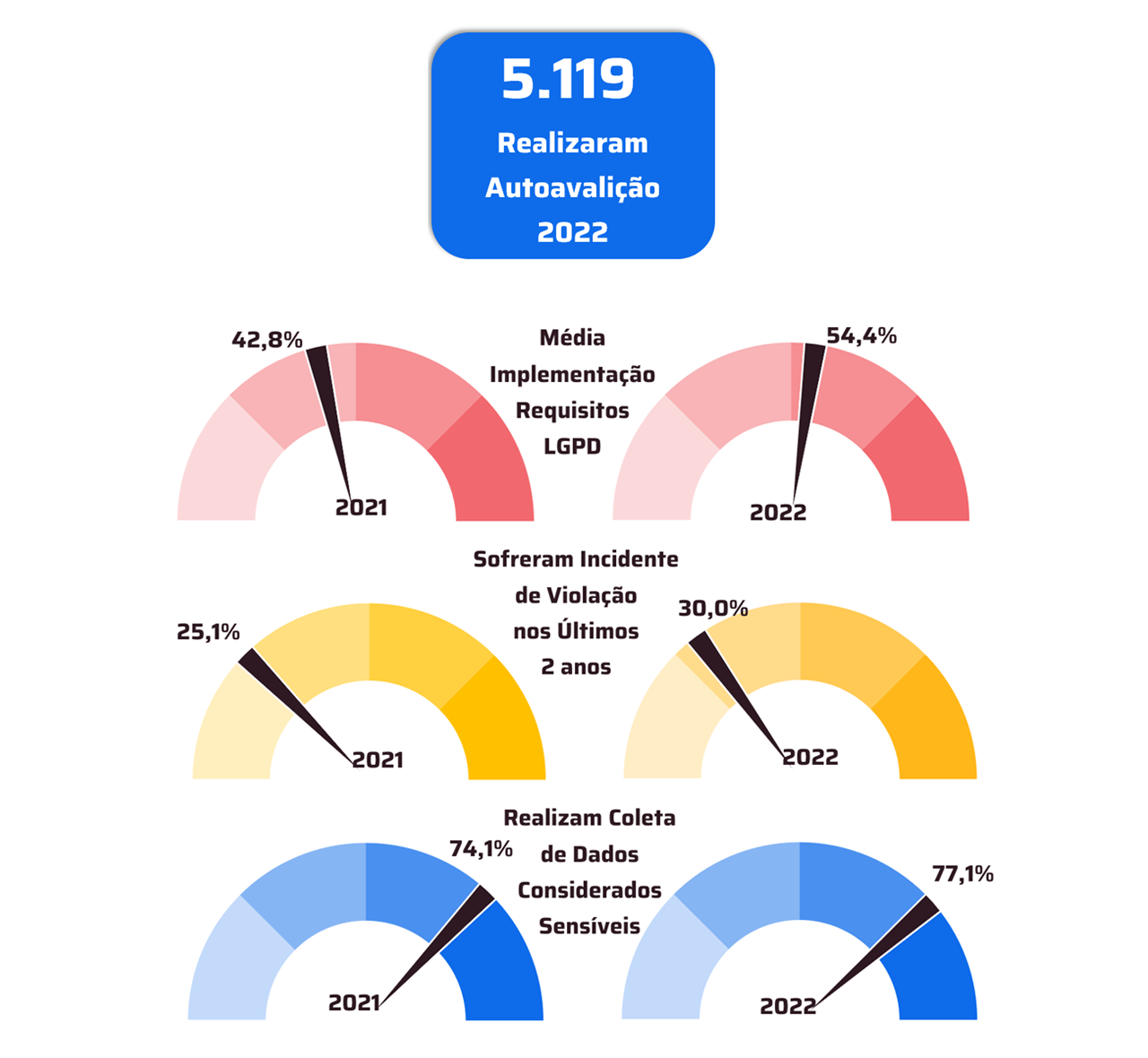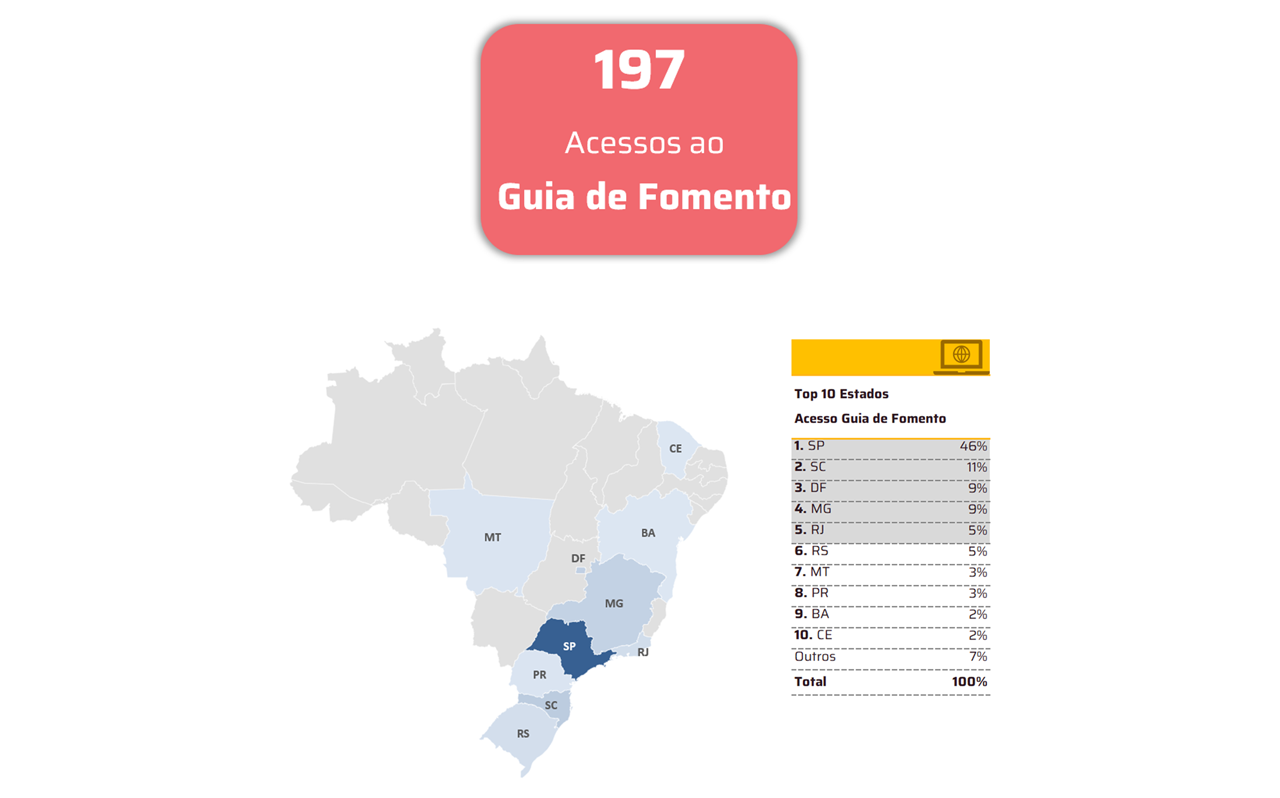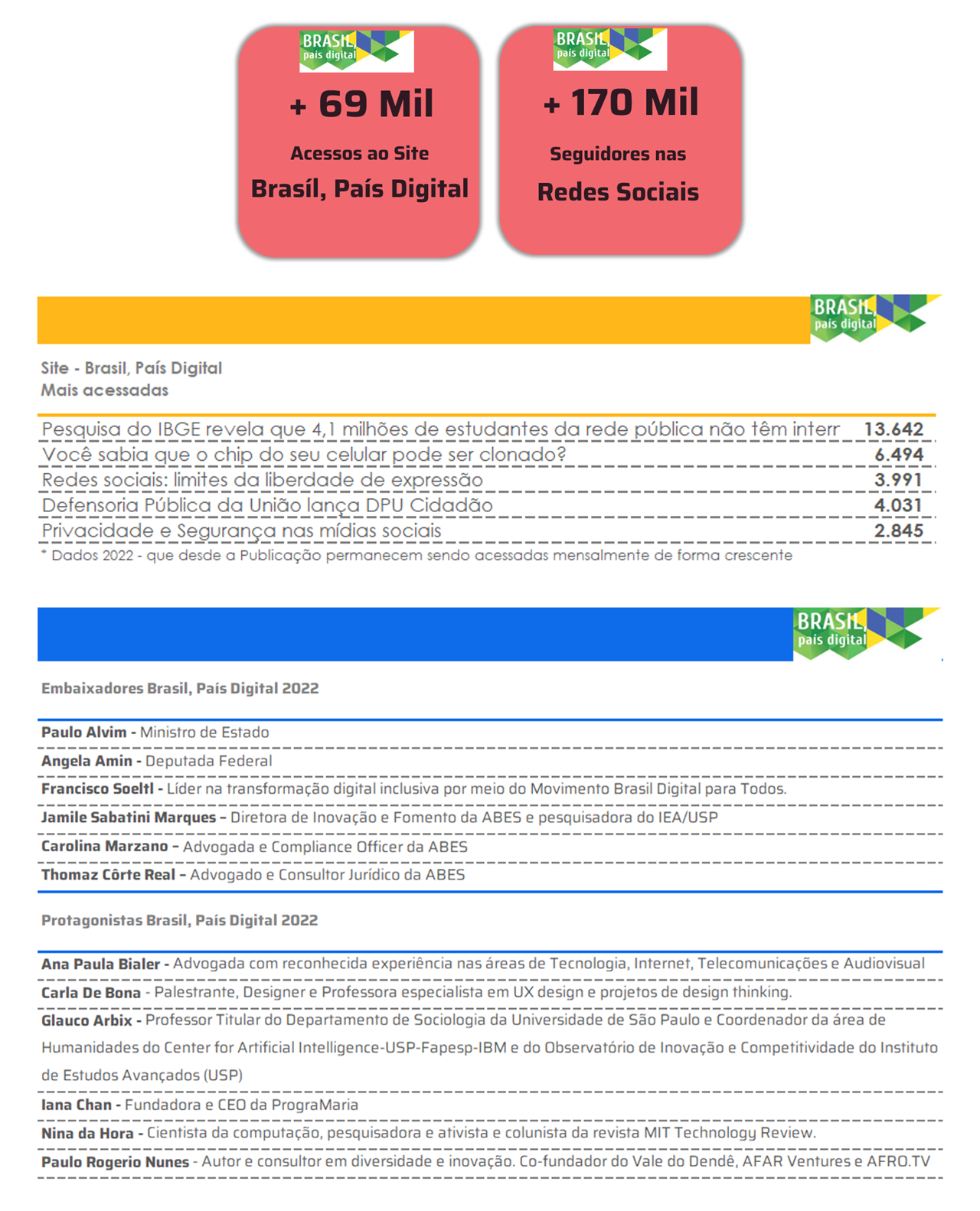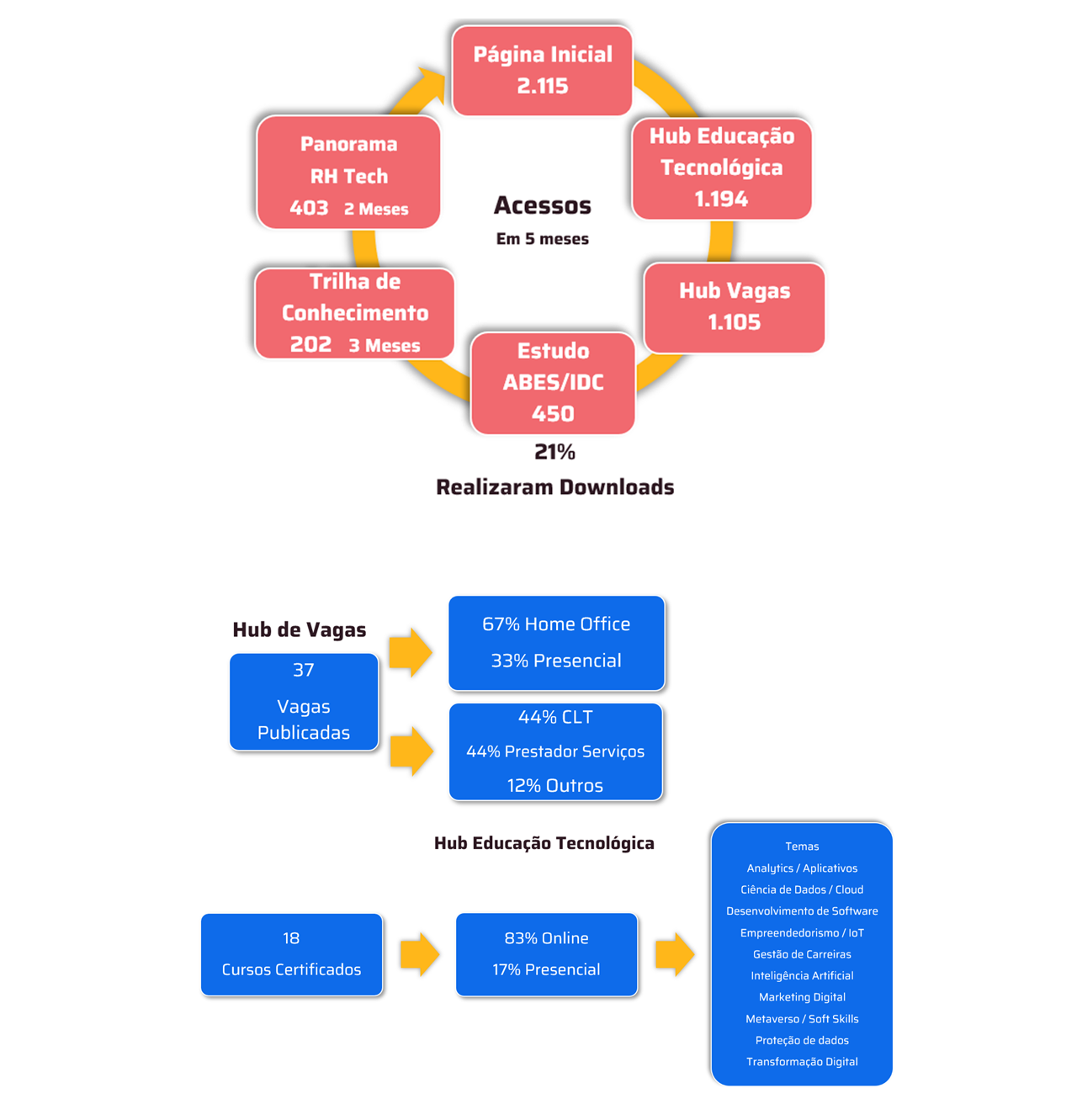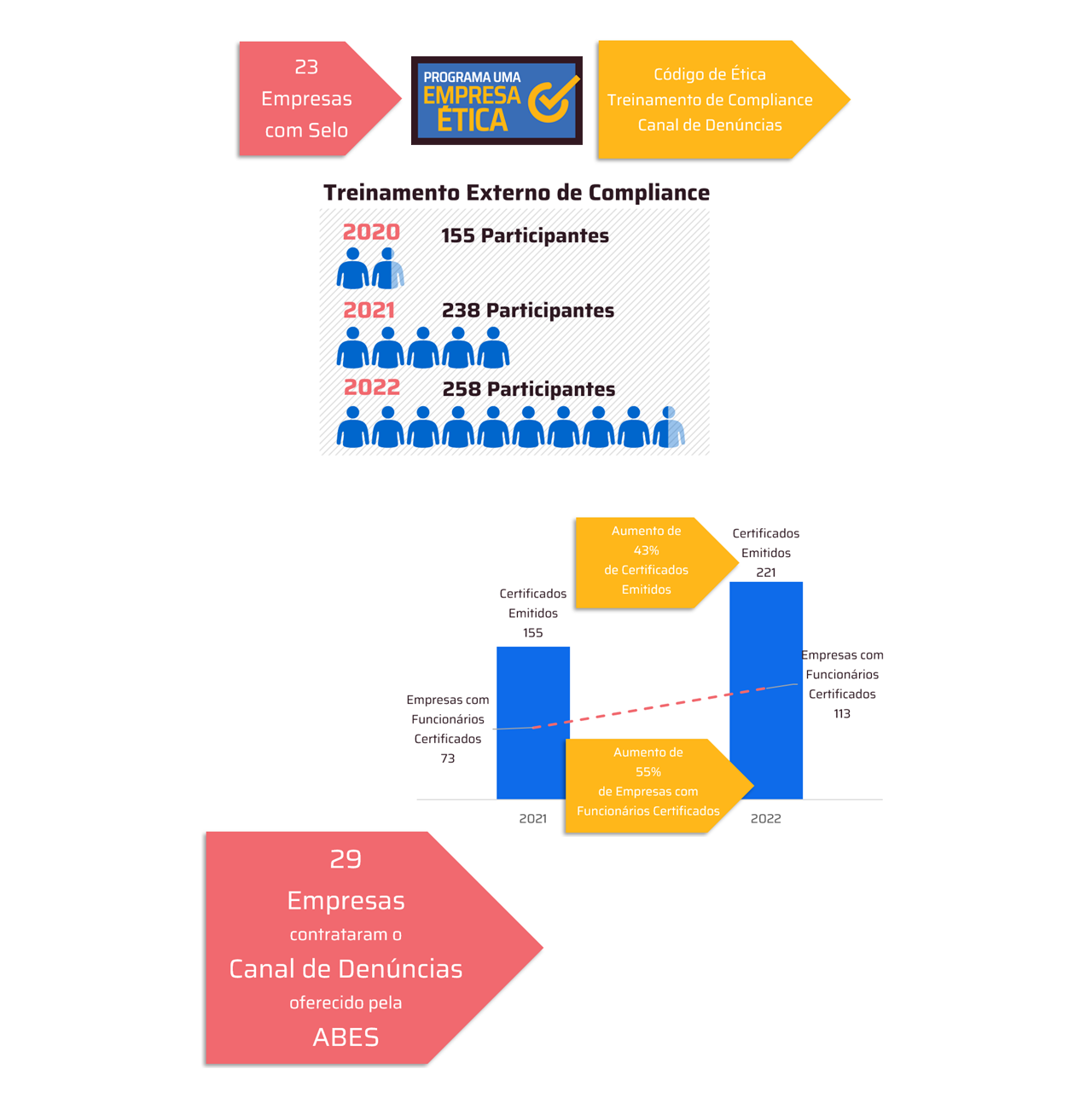Document provides detailed information on the logistics 4.0 and its benefits when connected to the new 5G technology
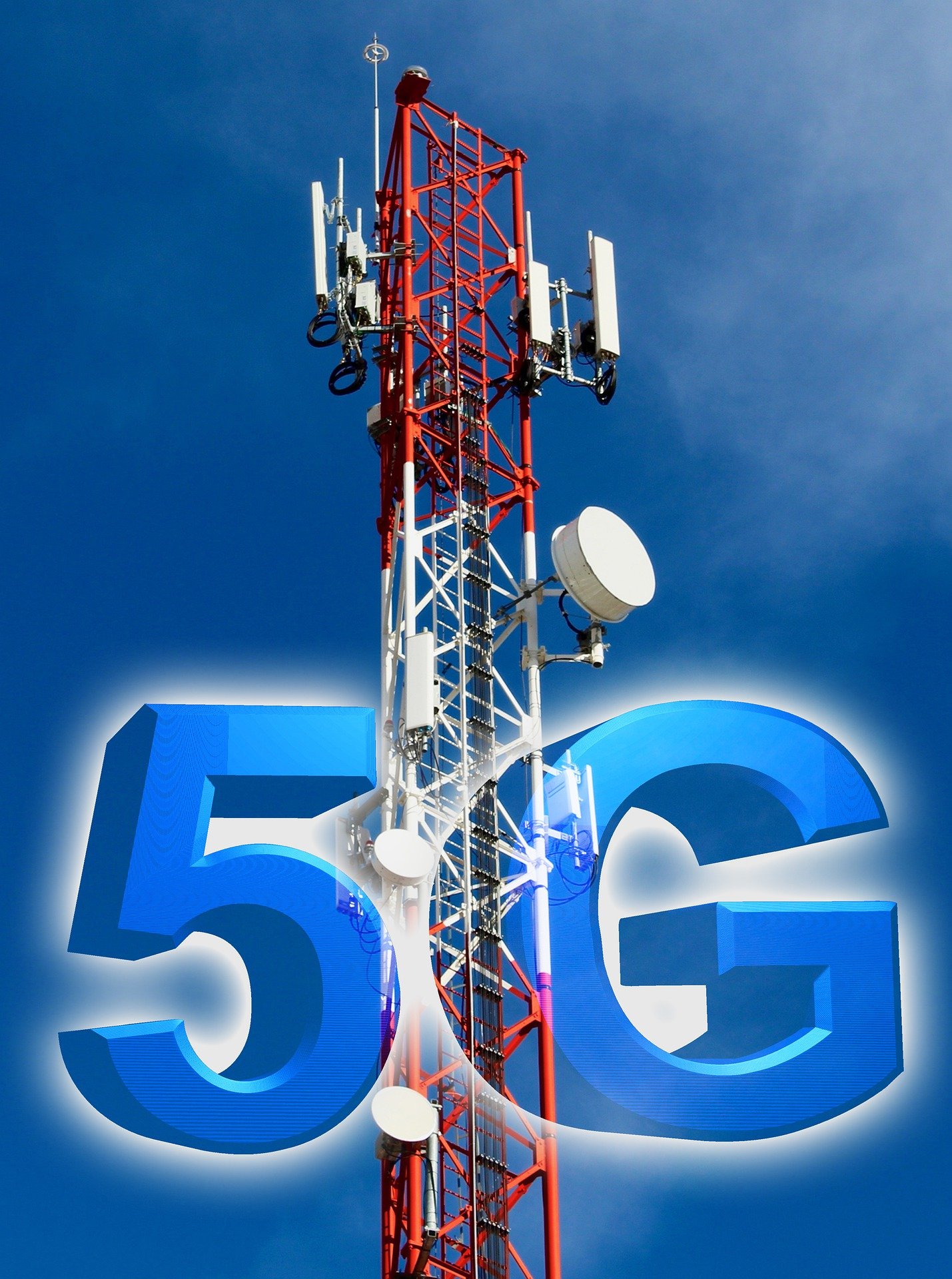 Huawei launched this Tuesday afternoon, 7th, the White Paper “Intelligent Logistics and 5G in Brazil”. The document, prepared in partnership with the Brazilian Agency for Industrial Development (ABDI) and the Brazilian Association of Logistics (Abralog), brings together details of the technologies implemented in the Intelligent Warehouse of the multinational leader in Information and Communication Technology (ICT), in Sorocaba ( SP), and reveals the benefits obtained by connecting to fifth-generation mobile technology.
Huawei launched this Tuesday afternoon, 7th, the White Paper “Intelligent Logistics and 5G in Brazil”. The document, prepared in partnership with the Brazilian Agency for Industrial Development (ABDI) and the Brazilian Association of Logistics (Abralog), brings together details of the technologies implemented in the Intelligent Warehouse of the multinational leader in Information and Communication Technology (ICT), in Sorocaba ( SP), and reveals the benefits obtained by connecting to fifth-generation mobile technology.
“In 2020, Huawei Brazil committed to creating an entire sustainable and disruptive environment connected to 5G, so that we could deliver this study that we are making available today to the Brazilian 4.0 industry”, said Mr. Maxingwu, Logistics Director for Huawei in Brazil, at launch occasion. “We hope this white paper benefits the entire 5G ecosystem,” he added.
The study is the first carried out in the country, with data on how fifth-generation technology works in practice and what gains it can generate for industry 4.0. “Smart logistics is an industry that combines the physical world and the digital world. A large amount of information from the physical world enters the digital world through digitization and then generates intelligence by overlaying key technologies such as artificial intelligence, IoT, AR/VR and blockchain. Ultimately, logistical efficiency is improved, logistical costs are reduced, and user experience and security are improved,” explained Mr. Maxingwu.
The study, which will also serve as a reference for all companies in the logistics sector, also observed greater control of the warehouse and stock, extensive monitoring of vehicles, minimization of problems with the continuous observation of vehicles, which could predict mechanical failures before they happen, and expanding wireless connections.
"We are building a learning experience from this White Paper, whose results observed were the improvement of 25% in overall operational efficiency, the reduction of 30% in the production cycle, the improvement of 20% in inventory turnover and the total elimination of operational errors and use of paper”, highlighted Bruno Jorge, Head of Industry 4.0 at ABDI.
The president of ABDI, Igor Calvet, stressed that "the revolution that 5G brings to the industry is unquestionable". According to him, the results obtained in the White Paper by Huawei may soon also be verified in other areas of the productive sector with the advance of 5G in the country. “ABDI, together with Huawei and Abralog, joined forces to create this model of Smart Warehouse 4.0 that will certainly be a reference for the country's industry in terms of logistics and storage,” said Calvet.
Pedro Moreira, president of Abralog, recalled that the biggest problem in the logistics sector in Brazil is still idleness in warehouses and highlighted the importance of preparing this White Paper, which provides a structured view of logistics 4.0. "This technology tends to give greater speed to operations, accuracy, cost reduction, in addition to being an inductor for the management of the supply chain and logistics," stated Moreira.
The White Paper also reveals that the implementation of technologies such as artificial intelligence, cloud storage, radiofrequency, self-guided autonomous vehicles, intelligent devices and automated equipment, all connected and driven by the 5G connection, tends to bring greater speed to operations, accuracy in the conference of inventory and cost reduction, favoring the evolution of the supply chain and logistics management in Brazil.
Smart Warehouse
In 2020, Huawei's 22 thousand m² warehouse received coverage from a private 5G network, obtained after authorization from Anatel (National Telecommunications Agency). The fifth generation mobile technology is the only one that supports connection between machines. There are 12 antennas, capable of connecting up to 300 intelligent devices, such as autonomous self-guided vehicles, autonomous forklifts, artificial intelligence cameras and radio frequency devices. Since then, tasks such as transporting raw materials and equipment have been performed by autonomous robots, which resulted in a gain of 25% in operating efficiency, and a reduction in the production cycle from 17 to 7 hours.





